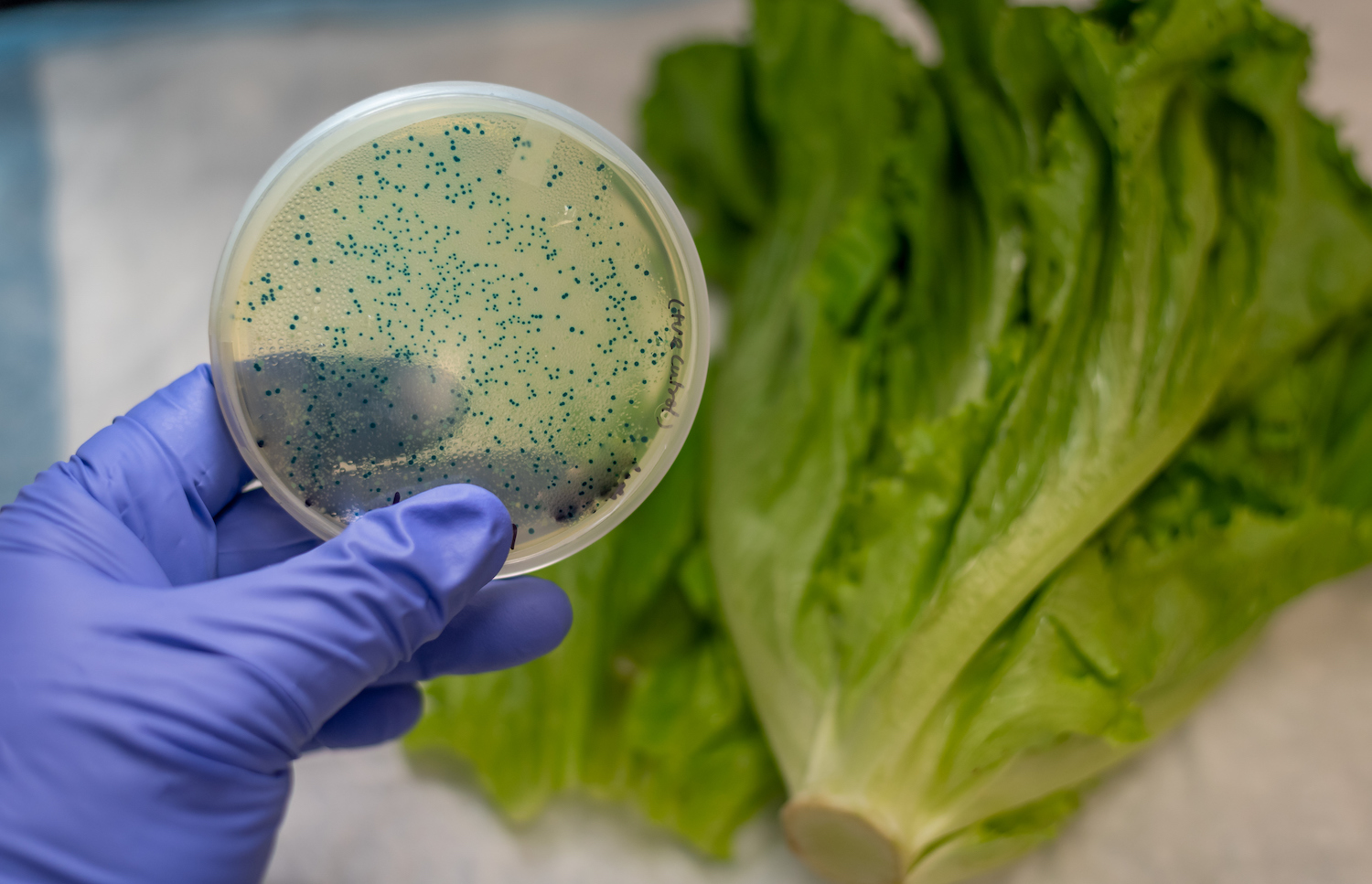Concepts from the unit
- Cross-contamination
- Cooking temperatures
- Symptoms and causes of foodborne illnesses
- Importance of hygiene and regulation
- Prevention methods (Clean, Separate, Cook, Chill)
Guiding Question: How could we learn from past foodborne illness outbreaks and how have they changed food safety standards?
Past foodborne illness outbreaks have shown that contaminated food can lead to widespread illnesses and death. These events have invoked changes in food safety standards and highlighted the importance of hygiene, regulation, proper cooking, and prevention.
For instance, in 1993, the Jack in the Box E. coli outbreak in the United States led to over 700 illnesses and the deaths of four children. The cause was undercooked hamburgers contaminated with E. coli O157:H7. This incident resulted in cooking temperatures being raised from 140°F to 155°F across the United States. Additionally, the responsibility of contamination shifted towards slaughterhouses and companies rather than the consumers. As a result, there was a decline in E. coli outbreaks due to beef (Soechtig, 2023).
In 2006 and 2018, there were similar cases involving spinach and romaine lettuce respectively. E. coli outbreaks were linked to raw produce due to runoff from cattle farms contaminating irrigation water. These incidents have led to the creation of the Leafy Greens Marketing Agreement, a voluntary agreement between companies to improve water testing, sanitation, and field practices. Despite this, the agreement lacks enforcement and outbreaks persist (Soechtig, 2023).
In 2008 through 2009, another case led to over 700 illnesses and 9 deaths. This time, it was the salmonella found in peanut past from the Peanut Corporation of America (PCA). This led to a chain reaction in the food industry and led to over 4000+ product recalls (in Canada as well), as many companies depended on these products. The cause of the outbreak was the PCA knowingly shipping contaminated food and forging safety test results. This incident led to the Food Safety Modernization Act (FSMA) in the United States and allowed regulatory agencies to inspect, recall, and prevent contamination in food-handling environments. Overall, it has helped shift policies in both Canada and the United States from reactive to preventive (Soechtig, 2023).



Although these examples are not Canadian, they help Canada understand where our own food industry is vulnerable. Canada frequently faces food outbreaks like salmonella in chicken, leafy greens, and produce leading to many recalls (CityNews, 2025).
From these outbreaks, we have learned several key prevention methods (Healthy Canadians, 2022):
- Clean: wash hands, utensils, and surfaces to prevent cross-contamination.
- Separate: keep raw meats separate from other foods to prevent bacteria from spreading.
- Cook: use a food thermometer while cooking to kill bacteria.
- Chill: keep perishables in a fridge at a temperature of at most 4°C to prevent bacterial growth.

Canada can learn from past foodborne illness outbreaks by doing more thorough inspections, raising hygiene standards, and creating regulations that are enforceable. At home, consumers can wash hands, pay attention to recall alerts and cook foods properly (CityNews, 2025). By doing so, Canadians can improve food safety systems and reduce the risk of future outbreaks.
